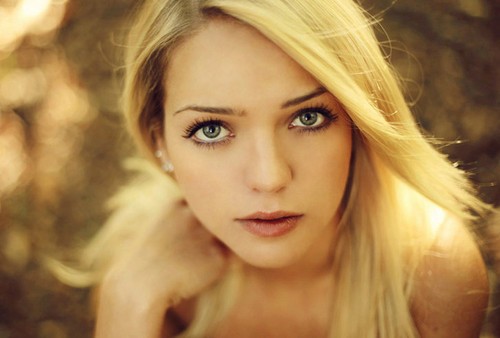Table of Contents
The Structure and Function of the Aperture
Aperture is the hole that controls how light enters the camera body. The larger the hole, the more light may enter the camera at one time. In addition, the aperture has another function, which is to adjust the depth of field. The wider the aperture, the narrower the focus range and the more pronounced the bokeh effect. On the contrary, the smaller the aperture, the more in focus from near to far, the sharper the photo.
Using the aperture function flexibly, you can improve your composition skills. For example, it can not only achieve the effect of foreground bokeh and background bokeh, but also make the whole photo in focus.
The unit of aperture is the F(f) value. The smaller the F(f) value, the richer the bokeh effect. The F(f) number must be increased to take sharp pictures.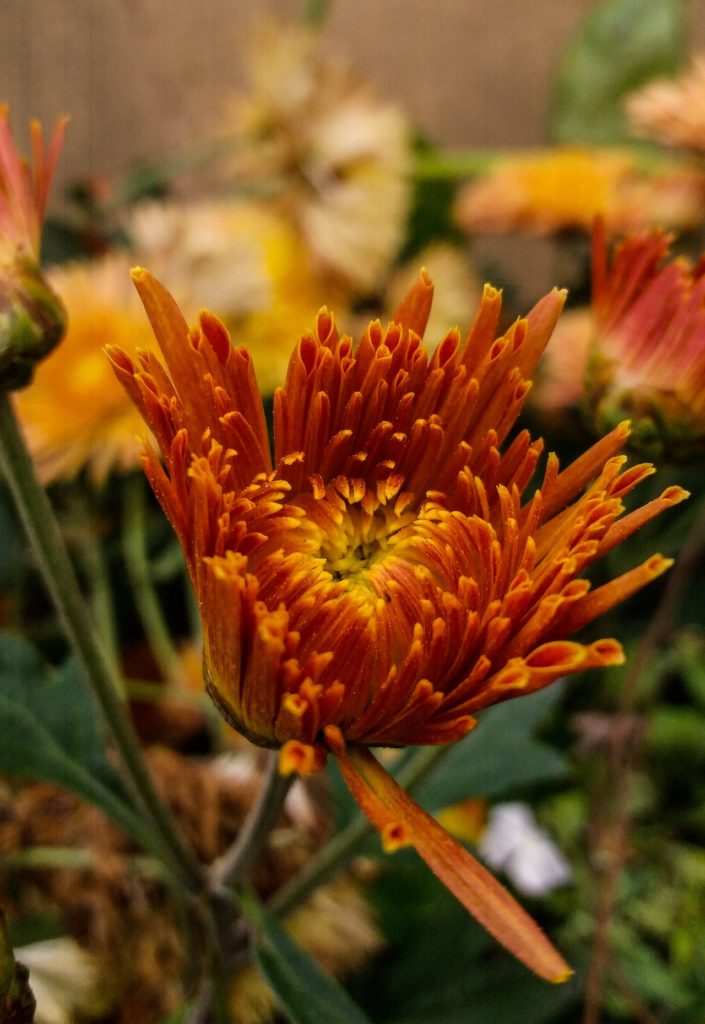
The Relationship Between Depth of Field and Aperture F Value
To see the effect of the aperture, an indispensable element is the depth of field. Depth of field refers to the range of focus. Specifically, a lot of bokeh and a small in-focus range are called “shallow depth of field”. Less bokeh and more in-focus range is called “deep depth of field”. That is, the smaller the aperture F(f) value, the shallower the depth of field.
Different lenses have different F(f) values that can be used. For example, fixed-focus lenses, because the minimum F(f) value that can be used is very small, so it is easy to take relatively blurred photos. This minimum F(f) number that can be used is also called the open number (open F(f) number, open aperture). If you want to take photos with better blur effect, it is recommended to use a lens with a smaller open value. The following will focus on the various characteristics of different apertures when composing pictures.
Flexible Use of Background Bokeh in Composition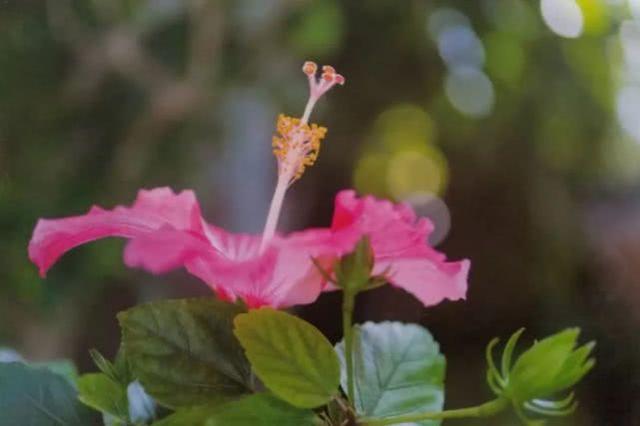
Reducing the F(f) value of the aperture to blur the background of the subject is called background bokeh. Because the object to be photographed in front of you is very clear in focus, its presence is enhanced. Using this method, the subject of the shot can be clearly defined, and the photographer’s intention can be easily conveyed through the composition of the picture.
Flexible Use of Foreground Bokeh in Composition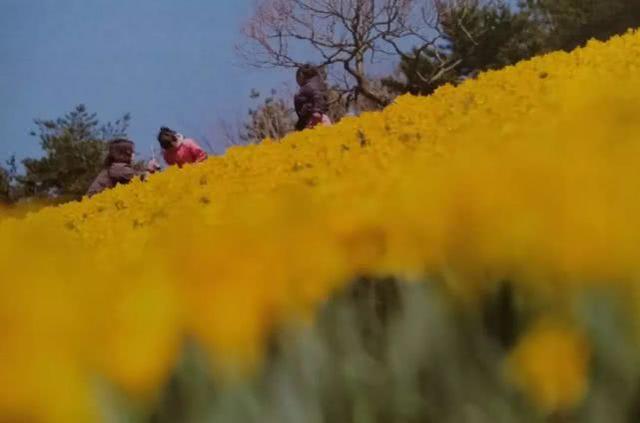
Bokeh the scene in front of the protagonist, known as foreground bokeh. With this shooting method, the viewer’s eyes can be guided to extend deep into the picture. In addition to opening the aperture, the same effect can be achieved by moving the camera closer to the subject.
Flexible Use of Front and Rear Bokeh in Composition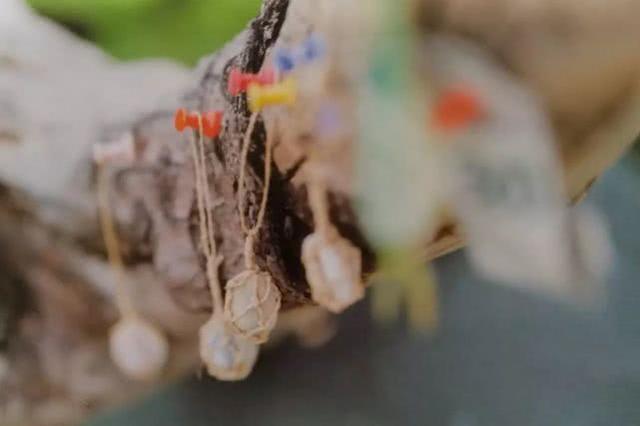
Front and back bokeh is a method that blurs the front and back of a photo. Jiao Nei’s protagonist is easy to impress. The smaller the depth of field, the more striking the object in focus. This method is not recommended for flat composition, and is more suitable for horizontal composition with some angles. It can capture the beauty of layers inside and outside the focal length.
Flexible Use of Pan Focus When Composing Pictures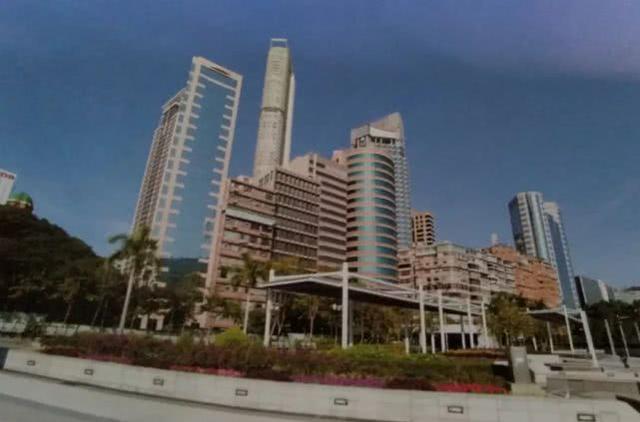
Pan focus is to make the scene from the front to the depth of the picture are all within the focal length. The pan-focus method can be used to narrow down the aperture in order to capture the layering of objects, or to take sharp photos in flat places that lack three-dimensionality. The charm of flexible use of pan focus is that it can show the viewers each element of the picture in detail. However, there are also shortcomings, that is, it is difficult to highlight the protagonist, and it is easy to mix redundant elements, so you need to pay special attention to the composition.
